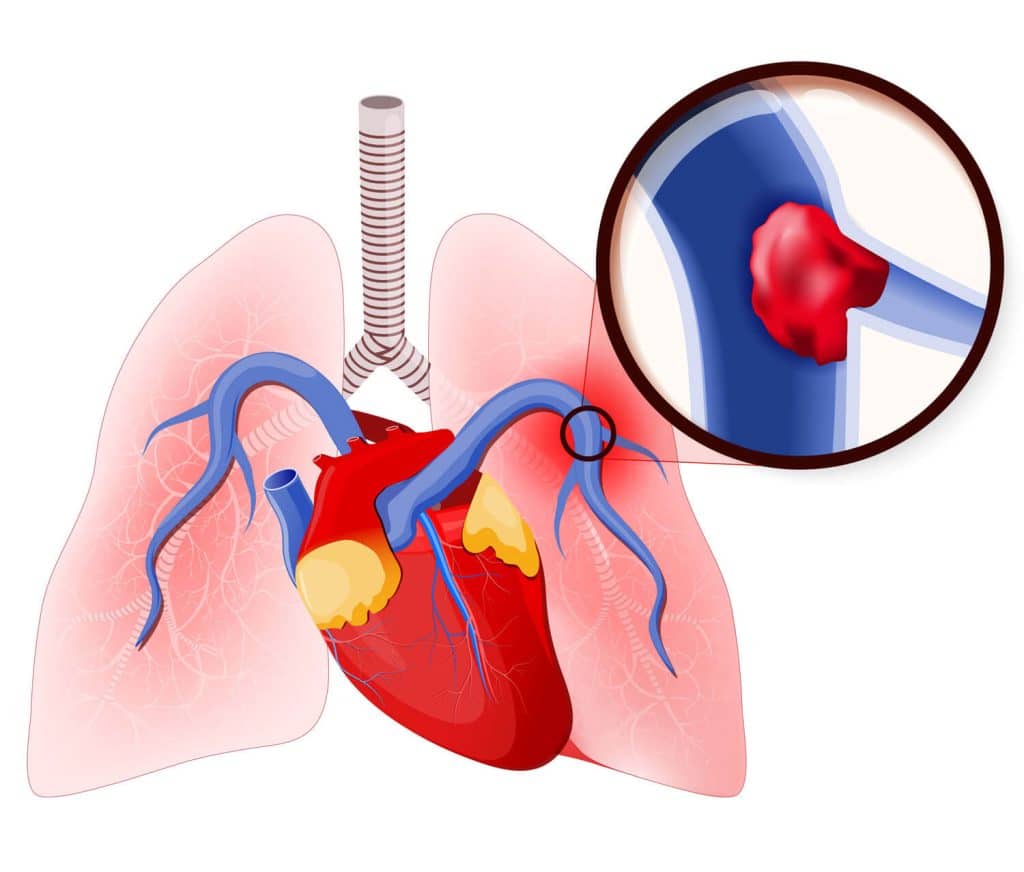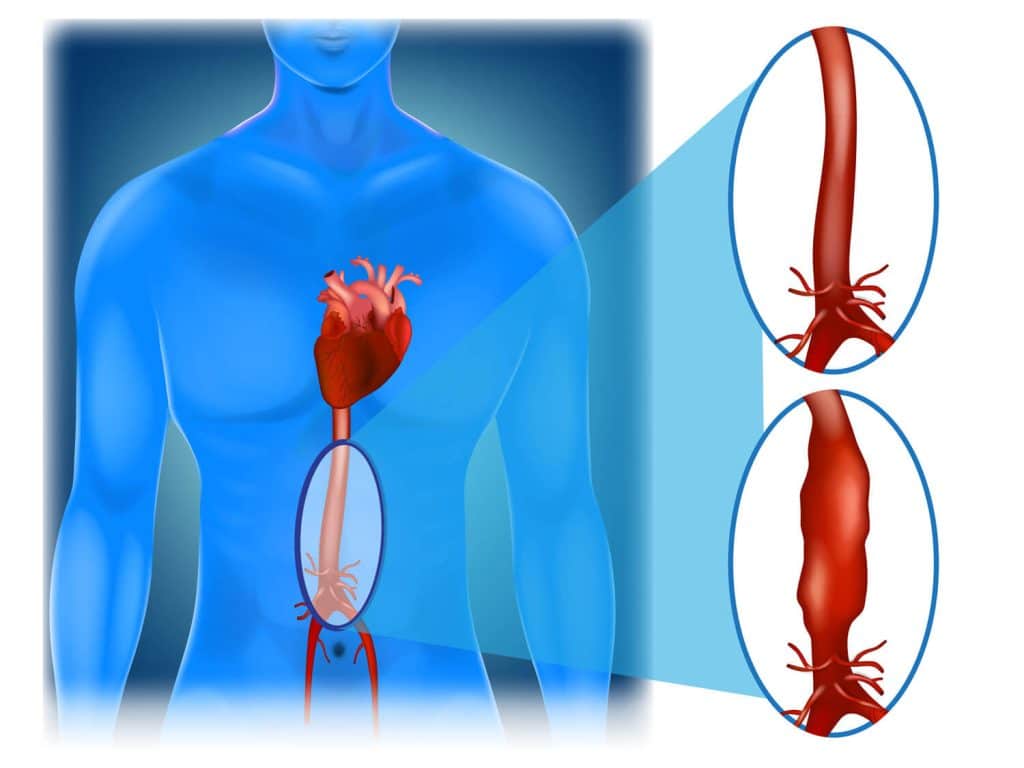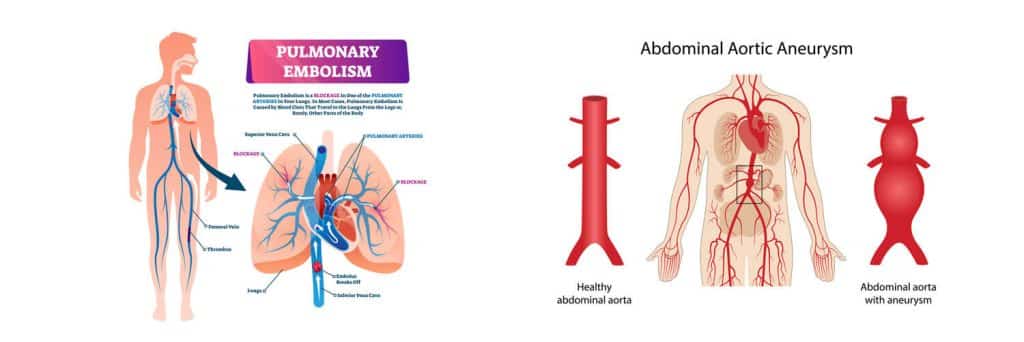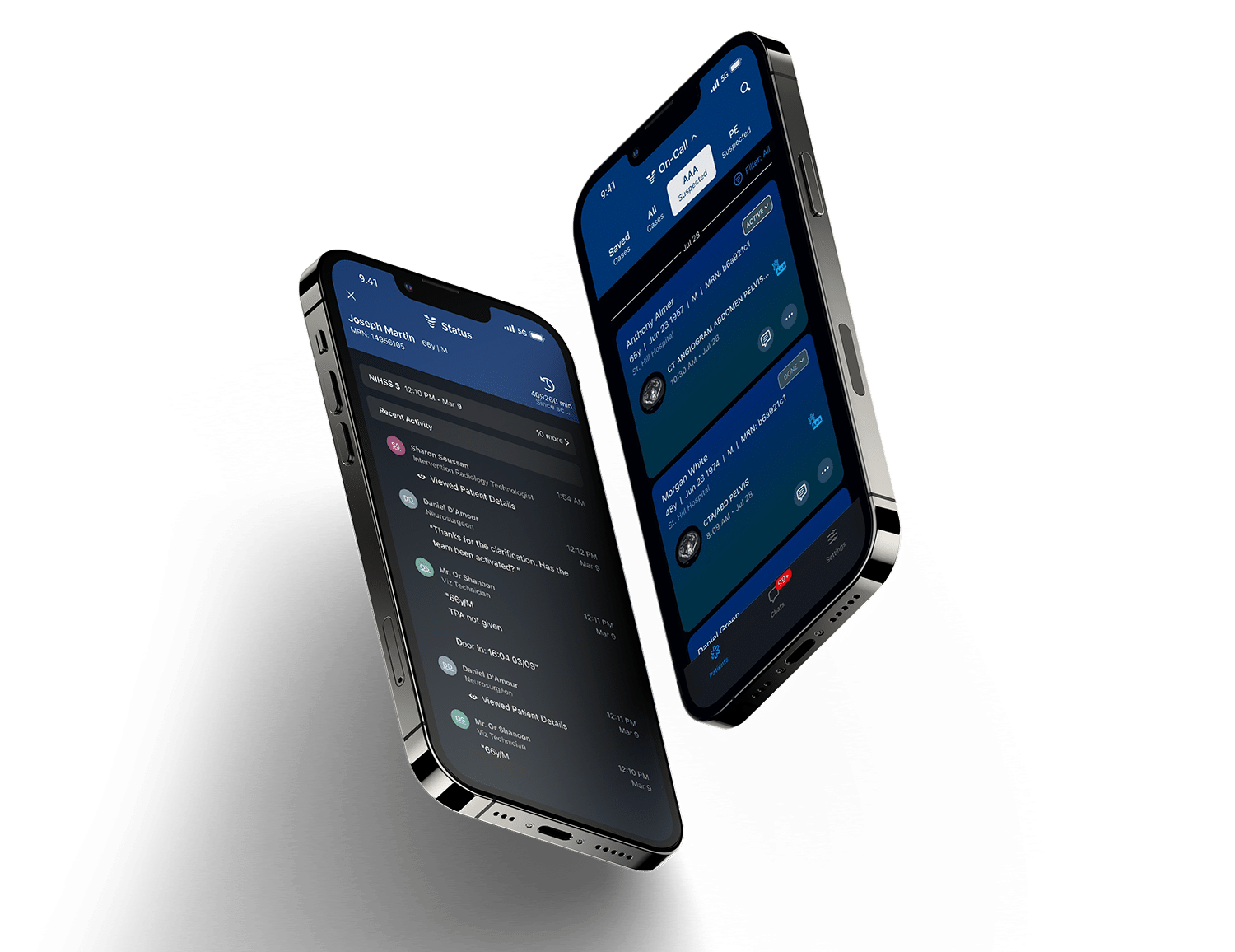Team Viz
Aug 03, 2021
5 min

Viz.ai is adding to their software suite tools to triage cases of aortic dissection (AD) & pulmonary embolism (PE).
The challenges of diagnosis and care coordination of patients suffering from PE and AD
When PE occurs, a blood clot travels through the veins before landing in one of the pulmonary arteries in the lungs, blocking the flow of blood and oxygen. PE is a potentially deadly form of venous thromboembolic disease, a common cause of cardiovascular death, and is associated with multiple inherited and acquired risk factors affecting hundreds of thousands of people every year globally. Pulmonary embolism can be life-threatening. About one-third of people with undiagnosed and untreated pulmonary embolism don’t survive. When the condition is diagnosed and treated promptly, however, that number drops dramatically.
Pulmonary embolism can also lead to pulmonary hypertension, a condition in which the blood pressure in your lungs and in the right side of the heart is too high. When you have obstructions in the arteries inside your lungs, your heart must work harder to push blood through those vessels, which increases blood pressure and eventually weakens your heart. In rare cases, small emboli occur frequently and develop over time, resulting in chronic pulmonary hypertension, also known as chronic thromboembolic pulmonary hypertension.
Similar to PE, aortic disease is potentially deadly and can require urgent surgical intervention to prevent death. AD occurs when the innermost layer of the body’s main artery tears, allowing blood to flow in between the inner and middle layers of the vessel. Aortic valve disease is a condition in which the valve between the main pumping chamber of your heart (left ventricle) and the main artery to your body (aorta) doesn’t work properly. Aortic valve disease may be a condition present at birth (congenital heart disease), or it may result from other causes.
Aortic dissection is relatively uncommon. The condition most frequently occurs in men in their 60s and 70s. Symptoms of aortic dissection may mimic those of other diseases, often leading to delays in diagnosis. However, when an aortic dissection is detected early and treated promptly, the chance of survival greatly improves.
Both conditions are notoriously difficult to diagnose early, as they typically start with subtle, easily overlooked symptoms before rapidly escalating into potentially life-threatening situations.
Where Viz.ai and Avicenna.AI can help
Viz.ai have partnered with Avicenna.AI to enable intelligent care coordination and improve patient triage of patients suffering from pulmonary embolism and aortic disease. The collaboration will pave the way for faster clinical decision making and care for patients suffering from these two life threatening conditions. Avicenna.AI is a global leader in artificial intelligence solutions. Founded in 2018, they develop medical imaging AI solutions for various radiology applications. The company uses artificial intelligence and deep learning to optimize many of a radiologist’s manual tasks. This new partnership will form part of a broader platform, where any patient with life threatening diseases can benefit from AI powered triage, fast mobile communication and synchronized care coordination
“We are proud to become a trusted partner of Viz.ai, who is committed to giving access to high-standard healthcare systems worldwide. Thanks to our AI-based solutions, we hope to facilitate an optimal medical response within a short time frame and improve patient care. We look forward to bringing the benefits of our pulmonary embolism and aortic dissection triage tools to the emergency room and beyond,” said Cyril Di Grandi, chief executive officer of Avicenna.AI.
Help on a mobile device
When Avicenna and Viz’s systems are combined, they result in a platform that analyzes CT angiography to detect indicators of pulmonary embolism or aortic dissection, then automatically alerts and coordinates care teams to begin treating the conditions immediately.
Avicenna.AI’s approved algorithms for PE and Type A and Type B aortic dissection (AD), leveraged on the Viz intelligent care coordination platform, will empower multidisciplinary care teams to easily coordinate patient care by sending notifications paired with dynamic imaging and detailed patient information to each provider’s desktop or mobile device as soon as a PE or an aortic dissection is detected.
Once a potential medical issue is spotted, Viz’s platform is designed to issue urgent notifications to all appropriate members of clinical care teams. They can look over the scans from their smartphones or tablets, including any AI analysis of the imaging data, while also factoring in real-time patient information and status changes included in the alert.

The warning signs
Symptoms of Pulmonary Embolism
- Shortness of breath.
- Chest pain that may become worse when breathing in.
- Cough, which may contain blood.
- Leg pain or swelling.
- Pain in your back.
- Excessive sweating.
- Lightheadedness, dizziness or passing out.
- Blueish lips or nails.
Aortic Dissection Symptoms may be similar to those of other heart problems, such as a heart attack
- Sudden severe chest or upper back pain, often described as a tearing, ripping or shearing sensation, that radiates to the neck or down the back
- Sudden severe abdominal pain
- Loss of consciousness
- Shortness of breath
- Sudden difficulty speaking, loss of vision, weakness or paralysis of one side of your body, similar to those of a stroke
- Weak pulse in one arm or thigh compared with the other
- Leg pain
- Difficulty walking
- Leg paralysis
PE prevention
Preventing clots in the deep veins in your legs (deep vein thrombosis) will help prevent pulmonary embolism. For this reason, most hospitals are aggressive about taking measures to prevent blood clots, including:
Blood thinners (anticoagulants)
These medications are often given to people at risk of clots before and after an operation — as well as to people admitted to the hospital with medical conditions, such as heart attack, stroke or complications of cancer.
Compression stockings
Compression stockings steadily squeeze your legs, helping your veins and leg muscles move blood more efficiently. They offer a safe, simple and inexpensive way to keep blood from stagnating during and after general surgery.
Leg elevation
Elevating your legs when possible and during the night also can be very effective. Raise the bottom of your bed 4 to 6 inches (10 to 15 cm) with blocks or books.
Physical activity
Moving as soon as possible after surgery can help prevent pulmonary embolism and hasten recovery overall. This is one of the main reasons your nurse may push you to get up, even on your day of surgery, and walk despite pain at the site of your surgical incision.
Pneumatic compression
This treatment uses thigh-high or calf-high cuffs that automatically inflate with air and deflate every few minutes to massage and squeeze the veins in your legs and improve blood flow.
Aortic disease prevention
To prevent an aortic aneurysm or keep an aortic aneurysm from worsening, do the following:
Don’t use tobacco products
Quit smoking or chewing tobacco and avoid secondhand smoke.
Eat a healthy diet
Focus on eating a variety of fruits and vegetables, whole grains, poultry, fish and low-fat dairy products. Avoid saturated fat, trans fats and limit salt.
Keep your blood pressure and cholesterol under control
If your doctor has prescribed medications, take them as instructed.
Get regular exercise
Try to get at least 150 minutes a week of moderate aerobic activity. If you haven’t been active, start slowly and build up. Talk to your doctor about what kinds of activities are right for you.
If you’re at risk of an aortic aneurysm, your doctor might recommend other measures, such as medications to lower your blood pressure and relieve stress on weakened arteries.

Saving time, improving patient outcomes
The Viz Platform is proven to save time and improve patient outcomes. In 2020, CMS granted Viz.ai a New Technology Add-on Payment (NTAP) for the stroke module, Viz LVO, which reimburses hospitals directly. Pairing team alerts enhanced by AI with high-fidelity mobile image viewing, patient information and full-stack secure communication enables multidisciplinary teams to make faster treatment decisions for patients. The result increases access to care and improves outcomes for patients.
“We’re delighted to partner with Avicenna to bring intelligent care coordination to the peripheral vascular and vascular fields. This will form part of a broader Viz platform, where any patient with life threatening diseases can benefit from AI powered triage, fast mobile communication and synchronized care coordination,” said Dr. Chris Mansi, Viz.ai CEO and co-founder. “This partnership will bring the advantages of artificial intelligence to more patients and help hospitals achieve better clinical outcomes.”

“The addition of AI powered workflows should decrease the time from diagnosis to treatment and help to coordinate care for patients suffering from life-threatening PE and aortic disease, as it has in the treatment of ischemic stroke. It will help to facilitate faster and easier treatment decisions across health systems, and this should improve outcomes for patients,” said Dr. Richard Saxon, interventional radiologist Tri-City Medical Center.
Aortic module offering
As part of Viz.ai’s commercial aortic module offering, access to imaging and workflows supporting the coordination of care for patients with abdominal aortic aneurysm (AAA), thoracic aortic aneurysm (TAA), rupture, stenosis and transection will be available in addition to the AD algorithm. Similarly, the PE algorithm will be available on Viz.ai’s commercial PE module. Additionally, in the lead-up to any necessary medical procedures, the care teams can communicate with each other via secured phone calls and one-on-one and group chats within the HIPAA-compliant Viz app.
